This weekend I went with some friends to visit a couple of these historic sites and temples. Our first stop was the Tomb of General Sin Sung Gyeom. This dates back to the 10th century when the Baekje Kingdom in western korea was attacking this region. The General was able to disguise himself as the attacking troops leader and slip thru the defences, allowing his king to escape. However, he was killed in battle.
There was a pictorial story of events with a badly translated english version. The tomb which was a traditional large mound of earth was open for visitors. However, the rest of the compound was closed for the winter until march so we werent able to visit the buildings inside the compound.
After this we went to Pagyesa Temple which is the end of the bus line. This is the third most famous temple in the mountain range after Gatbawi Rock and Donghwasa Temple which I had visited before.
Pagyesa is a traditional korean style temple. At the entrance was a building with the temple bell and drum. After climbing the steps inside there was a courtyard facing the main buildings, with side buildings and smaller buildings to the rear.
The main building was a shrine with people worshipping inside. There were several monks walking around the complex. As you ascend each level of the complex and reach the rear we had a view overlooking all the rooftops of the complex.
After lunch my friends wanted to walk 8km to nearby Buinsa Temple. I wasnt up for it in this weather as it was cold with light drizzle, perhaps in nicer weather. The temperature on the mountains are always cooler than in the city.
Chilgok where I live borders the western end of Mt Palgong so I thought I could catch a bus home without having to go back downtown and change buses back. There is a Palgong 3 bus which runs east west along the trail connecting Pagyesa with Donghwasa and Gatbawi Temples.
After waiting at the bus stop for about half an hour I was able to ask a bus driver in korean who informed me the Palgong 3 bus does not run on saturdays! So I did in fact have to go back into town and change buses to get back home.
I've visited different parts of the Palgong trail at different times. The first was a school hiking trip to Gasanbawi Rock at the western end of the trail. This is a massive natural cube at the peak of the mountain. Later I went with friends to Gatbawi Rock which is Daegu's most famous temple at the eastern end of the trail.
Gatbawi is shaped like a person wearing a graduation cap. For this reason it has become symbolized with good luck for students. Many people will climb the rock steps for 1.5 hrs to the peak to reach the statue and pray for good luck in theirs or their childrens exams.
The second most famous temple is Donghwasa a few kms west of Gatbawi towards the centre of the Palgong mountain range. This is a giant buddha statue in a massive plaza with buddhist carvings. Unfortunately it has been under renovations for about a year so you cant fully appreciate the site.
Near Donghwasa is a cable car to the top of mount palgong with spectacular views of daegu city. There is also a brassware museum, hot springs, and a natural disasters safety training centre, so enough to keep you busy for several visits along the mountain range.
Visit My Page on Facebook : Departures1

 Daegu, South Korea
Daegu, South Korea


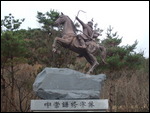
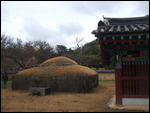
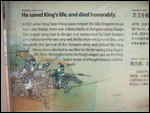
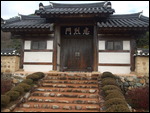
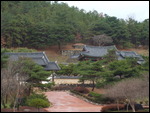
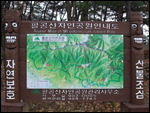
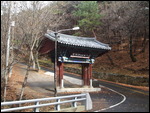
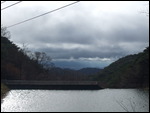
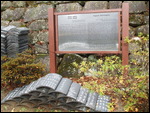
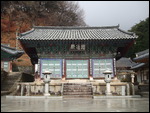
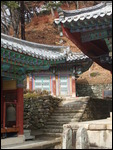
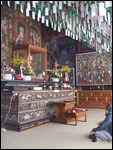

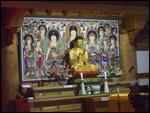
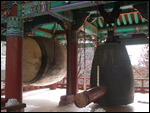
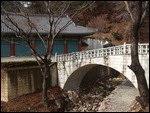
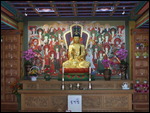
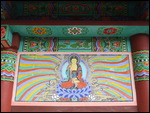
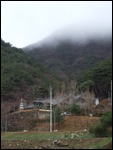
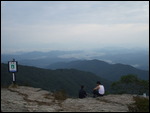
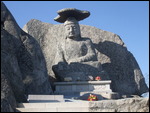
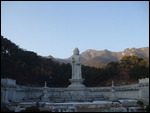

2025-05-22